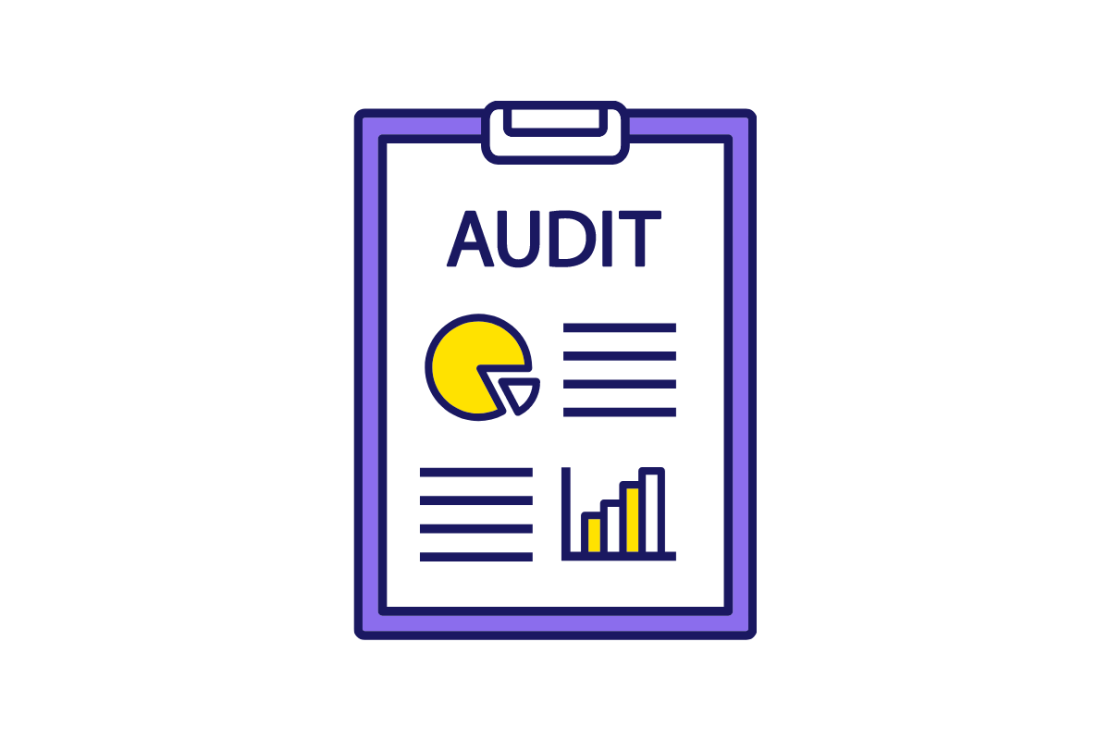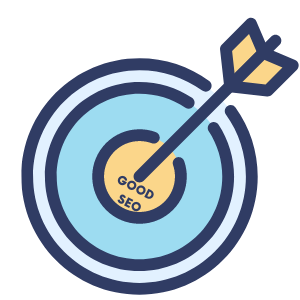Google My Business – The World Wants Your Virtual Business Card
| By Monika Praczyk | 0 Comments

Table of contents
- What is Google My Business?
- Your virtual business card contains:
- What should a Google virtual business card look like?
- Google My Business — who’s in charge here?
- Setting up Google My Business account and profile
- Your opinion is important to us…
- Take a look at some statistics — important data
- Google My Business statistics
Your business cards, document folders and even the branded pens from your company are beautiful, but it’s time to retire them to the “analogue” drawer. In a world dominated by the internet and online shopping, a Google My Business account and a virtual business card is one of the most important promotional tools you can have — plus it’s free! 72% of your clients confirm — it’s worth showing up here!
Do you need coffee filters? Looking for shoes for the fall, or someone who will repair last year’s for you? It doesn’t really matter which. Before you start feverishly running around in search of what you need, chances are you’ll probably take a look online first. You’ll type your query into Google’s search form. How can we be so sure? Statistics don’t lie!
According to a report prepared in June 2021 by statista.com, Google is the unquestioned global leader in search engine popularity. A 92.47% market share speaks for itself, right?
Google is where we’ll look for all those burning questions keeping us up at night:
• How do you use a safety mask?
• How to make a Christmas present tag or an Easter card?
• How do you set up online banking?
…and so many, many more — including, of course, questions about products and services.
Are you a business? If so, this is the moment when the light bulb should turn on above your head. Can you connect the dots? Link your business activities with Google. Promote yourself and gain new clients every day, without investing significant time or money.
What is Google My Business?

It’s a free profile of your company which contains all the most important information about your business presence.
Your virtual business card contains:
- Your business name
- Opening hours
- Business address
- Contact info
- Business reviews
- Comments
- Photos
- Accepted payment methods
This information is displayed in the Google search engine (organic results) as well as in Google Maps. This means that a potential customer can easily (and at light speed) find the optimal way to get to you. Google’s advanced algorithms guarantee a precise match with search phrases, taking the user’s location into account and showing him local search results. Their chances of getting to know you and your product better just increased significantly…
Did you know that…
88% of people use Google Maps to find companies’ addresses. Almost 78% of them will visit a store that same day, and 28% will buy the product they were after
What should a Google virtual business card look like?
First and foremost, it’s a collection of basic information about your business. You should seek to maximize all the possibilities for promotion this free tool gives you. You can use it to get a higher rank in Google search results, and generate interest among potential customers. When optimizing your Google business card pay attention to:
Opinions — perception is reality! After every successful transaction, ask for a recommendation. Five stars and a few kind words is enough to encourage potential clients to get to know your business better.
Key phrases — words that hold power within your industry. Use them in colorful descriptions, posts and comments.
Posts — consistent, interesting and filled with valuable information. What should you write about? Your products, for one, or what sets you apart from your competition. Organizing an event? Gearing up for a hot sale in your e-store? Your audience needs to know about this!
Images — good quality images consistent with your brand’s style will attract clients. Remember to include your logo! Think about adding images of your company’s office or space. Google claims that business cards with photos and virtual walkthroughs attract twice as much attention!
Google My Business — who’s in charge here?
The basic details that appear in your virtual business card should always be up-to-date. Did your store change its opening hours? Inform your customers!
Before you open up a new location the Google algorithm may automatically make the modification for you, but it’s a good idea to check your Google My Business profile regularly and manage any changes being made, or make them yourself. This way, potential clients will always have the most current information about your business.
Editing is done from your Google account. If you are not the account owner (say, a former employee is the person with the password), ask for the login credentials. You can get them either from the previous account admin, or through repeating the verification process and giving yourself owner or manager access. If the verification is successful, you will regain control of your profile. You will then be able to edit it, promote your company and reach clients.
Setting up Google My Business account and profile
- Log in to Google Business Profile Manager: www.google.com/business
- Enter your business’ name and address.
- You will receive a postcard with the verification code at the address you specify.
- Choose your business category and fill in your contact details.
- Wait for the card from Google.
- After receiving the verification, postcard, verify your business by entering the code in your Google Business account.
It’s worth pointing out that sometimes quick verification using another verification method, e.g. by phone or via text is possible. The method most often used, however, is a postcard with a code sent by mail. In this case, you’ll need to be patient!
Your opinion is important to us…

A happy customer is likely to not just come back, but to encourage others to make a purchase! What’s the moral of this story? This is the kind of customer you need to woo, and his opinion doubly so. This opinion will impact:
- Google search result rankings
- Trust from other customers
- Website traffic
- Support of the purchase decision
According to intle.pl:
In Poland, as many as 78% of clients check a store’s opinions before deciding to make a purchase.
70% of internet users confirm that they trust the opinions of other users.
What does this mean in practice? That before anyone decides to put your product in their virtual basket or set foot in your physical store, they will most likely read some opinions online. This is why you must always strive for reviews that confirm the quality of your offer and professionalism of your service.
How do you deal with negative reviews? Don’t remove them! The best thing to do is to respond — politely and constructively. If you made a mistake, apologize. You should also offer some kind of direct contact and take action to hopeful
–> Digital Marketing – How to Start Online Marketing Activities? – read the article!
A better rating means a higher position in search results There’s (at least) one more reason to collect positive reviews, besides your sales and image. They will inevitably increase traffic to your site. Published comments can also be picked up by web crawlers, and that will definitely have a positive effect on your SEO.
“Any business with a physical address should have a Google My Business profile. While the possibilities depend on the industry they are in, it’s always an additional source of traffic that, if optimized correctly, will generate conversion.”
Maciej Czyż Senior SEO Specialist, Verseo
Take a look at some statistics — important data

In the Google My Business admin panel you will find a “Statistics” tab. Treat it like your favourite, if you take analyzing user interaction with your virtual business card seriously. What do you gain? First of all, priceless information about the behaviour of your customers and anyone interested in your offer.
What data should you keep an eye on, and why? For one, keep track of how many people found your company online, and through what type of searches (direct, indirect, by brand). You will be able to profile your customers, which lets you better tailor your communication.
Stats also cover search terms that people use to find you. Including them in your posts and descriptions will improve your positioning.
Google My Business statistics
Be sure to always check the following:
- How customers find your business card
- Search terms
- How clients find your business in Google
- Customer behaviour
- Route queries
- Phone calls
- Photos
- What your business is known for
- How customers find your business profile
There’s no doubt – Google Business Profiles simply pay off if managed properly.

This is a chapter from Adbook 2022 – the ultimate Digital Marketing Guide from Verseo. Check the full Guide in Verseo Academy!













Recent Comments